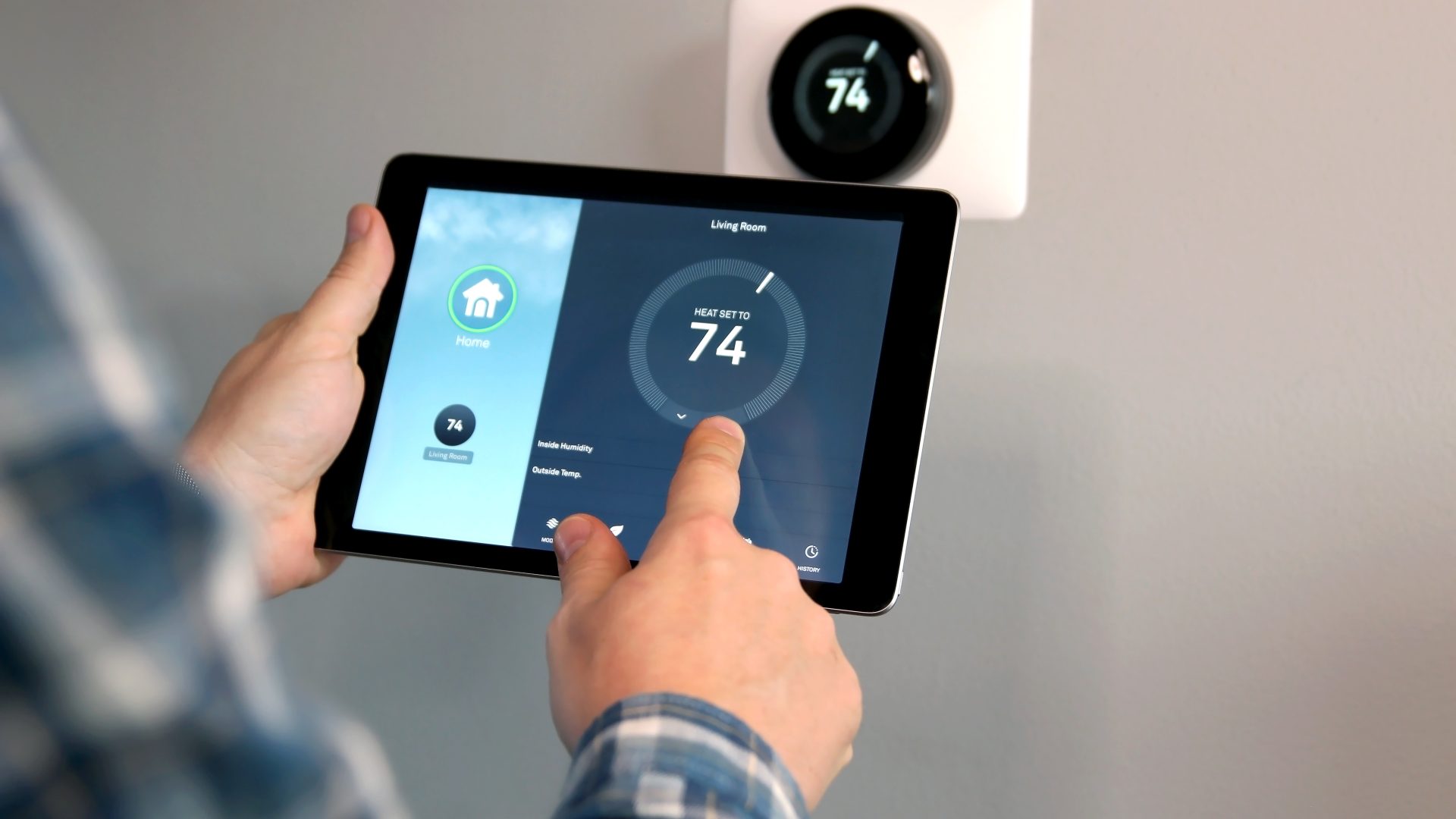What role does the Department of Energy play into HVAC?
Impact of the DOE on Air and Heat Conditioning The Department of Energy (DOE) has a far-reaching influence in the realm of heating, ventilation, and air conditioning (HVAC). As a key federal entity, the DOE supports the United States’ national,...
What does energy star rating mean?
What is Energy Star? Energy Star is a program spearheaded by the United States Environmental Protection Agency (EPA) that promotes energy conservation and cost savings for consumers and businesses while also aiding in reducing greenhouse gas emissions. Since its inception...
What are HVAC heat pipes?
What Are Heat Pipes? Heat pipes are a clever technological innovation designed to control humidity in rooms or buildings. They use a small amount of thermal energy to facilitate moisture evaporation from the surrounding air. This process cools the air...
What are the main types of residential cooling systems?
Introduction Rather than fully depending on traditional air conditioning systems, which are known for their high energy consumption, alternative strategies exist for maintaining a cooler environment in your home. This guide will explore various methods to enhance indoor cooling while...
What are evaporative coolers?
Introduction to Evaporative Cooling Systems Evaporative cooling systems, commonly referred to as swamp coolers, offer a method of air conditioning that taps into the simplicity of evaporation to chill the atmosphere. This cooling technique draws warm, arid air across damp...
What are the top 7 HVAC parts most prone to break?
HVAC systems are complex, with certain parts being more prone to wear and failure, potentially affecting the system’s efficiency and functionality. Below are the seven HVAC components most susceptible to issues: 1. Compressor As the core of the air conditioning...
What is a whole-house fan?
Introduction to Whole-House Fans A whole-house fan is an integrated ventilation solution designed to cool homes by expelling warm air and drawing cooler external air inside. This system is in the attic and incorporates a substantial fan to create air...
What is Radiant cooling?
Introduction Radiant cooling is a climate control technology that leverages the cooling properties of water or other fluids to manage the temperature within a space. This method entails circulating the chilled liquid via a network of pipes or tubing embedded...
Why is radiant heat?
What is Radiant Heating? Radiant heating is a technique for warming spaces by directly transferring heat via infrared radiation from a heated surface to the occupants and objects in the room. Unlike traditional heating systems that mainly use convection to...
What are the different sources of radiant heat?
Introduction Radiant heating systems rely on various energy sources to ensure a comfortable and evenly distributed warmth. Here’s a look at how different fuels and technologies can be utilized for radiant heating: 1.Gas-Powered Systems Radiant heaters powered by natural gas...
